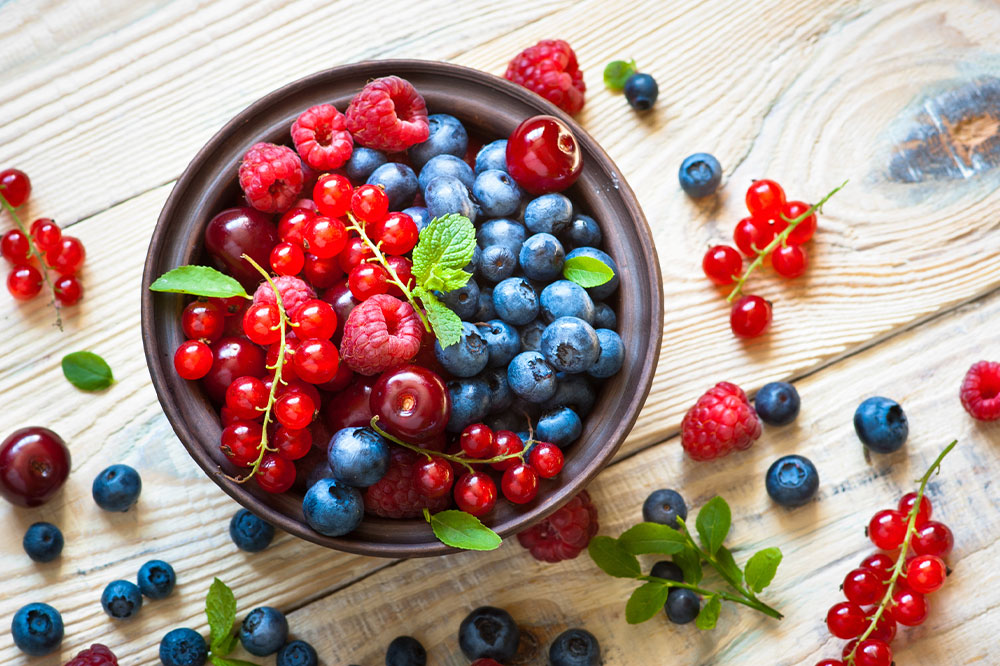11 peeing mistakes to avoid for a healthy bladder

The kidneys filter out the toxins and waste products present in the blood and produce urine. This urine gets collected in the gall bladder and is pushed out of the body through a pipe called the urethra. Attending the bathroom break is essential when the urge to empty the bladder strikes. When ignored, it can lead to swelling of the kidneys and bladder and might even give rise to other complications.
Holding it in
People often prioritize other things over their health. This includes eating, exercising, and even peeing. This means we end up holding in the pee more frequently than attending it the minute we get nature’s call. Holding in peeing frequently can cause damage to the bladder muscles and might even cause the organ to swell up. However, taking regular bathroom breaks can help avoid losing bladder control.
Peeing halfway
Speeding up the peeing process or bathroom breaks can end in a urinary tract infection. This is one of the most common peeing mistakes most of us make. A typical result of rushed bathroom breaks is only half empty bladder. For some, it might not be possible to empty the bladder all the way through. However, letting urine sit in the bladder can increase the risk of infections. This needs to be avoided as much as possible.
Frequently peeing
Like reduced urine frequency or holding it in, peeing too frequently is also a red flag. No one wants to recalibrate the bladder to react to small quantities of urine. When emptying the bladder, even when unnecessary, we retrain our bladder to respond to accumulating smaller volumes of urine. Plus, being unable to hold in our pee even when we have no option can be a big issue.
Not drinking enough water
When the body does not produce enough urine, it can indicate dehydration. So can be the pain when peeing. Those who are dehydrated will also show the presence of dark yellow colored pee with some characteristic odor. Being consistently dehydrated can also leave us susceptible to urinary tract infections, kidney stones, bladder stones, and other renal issues. If clean water is unavailable, fluids like soups, juices, vegetables, and watery fruits can also maintain hydration.
Wiping incorrectly
When we wipe the wrong way, we increase the chances of contracting a urinary tract infection and, in some cases, a vaginal infection. Wiping back to front brings the bacteria festering in the anal and perineal region to the urethra and the vagina. To avoid this, it is recommended to wipe front to back. Do not go back and forth, either. Excessive and aggressive wiping can also leave us vulnerable to infections.
Straining
Pushing or straining hard to ensure that the bladder has been emptied is another peeing mistake some of us end up making unknowingly. Doctors and health experts have often told us that the bladder functions best when relaxed. This makes straining it in any way, to hold the pee in or push it out, affect the organ’s efficacy. For example, straining can increase the risk of hemorrhoids, irritation, and hernia.
Hydrating with the wrong fluids
We might enjoy our canned juices and sodas. But they can be tricky when dealing with a urinary tract infection scare. Some of these fluids can serve food for the infection-causing microbes, and others can secretly dehydrate the body. Take caffeine, for example; we all know that caffeine is a diuretic. But how many of us take it upon ourselves to hydrate our bodies before and after having some much-needed coffee? Take care to limit the intake of these fluids to ensure we avoid almost all possible bladder problems. And if cutting back is not an option, make sure to hydrate enough.
Overlooking good hygiene practices
It is critical to keep the intimate area clean and fresh. It goes a long way to keeping the bladder healthy and avoiding one of the most common peeing mistakes. To avoid developing UTIs, keeping the intimate area clean with the help of nothing but soap and water is essential. It is equally vital that we donne clean and breathable undergarments after cleaning and drying ourselves.
Using harsh products
Skin is the largest organ of the human body and also a sensitive organ. The skin in the intimate areas is even more sensitive. Using chemical products loaded with harsh compounds and fragrances can damage the skin in intimate regions. It can cause discomfort and might even increase the chances of developing an infection. So, to avoid such infections, it would be better to use mild cleansers and other dermatologically-approved products specially formulated for the intimate region.
Holding breath while peeing
Not many know that we might put our bladder health on the line when we hold our breath when peeing. Sadly, holding our breath puts us at the risk of similar outcomes that we expect when we do not empty our bladders. Instead, it puts an added strain on the bladder muscles as the muscles cannot relax completely, leaving behind the possibility of urinary incontinence or bladder damage.
Multiple cups of coffee
A well-known diuretic, caffeine is one of the compounds that increases urine production in the body. This leaves us with a frequent urge to pee. It also implies that as giddy as we are to top up our mug of coffee, we also risk our bladder health by having frequent cups of joe. Having to pee frequently lands us with weakened bladder muscles and an increased risk of bladder incontinence. For people that have to pee too frequently after having their coffee, it is advisable to avoid or limit its intake while also increasing the intake of hydrating fluids.


